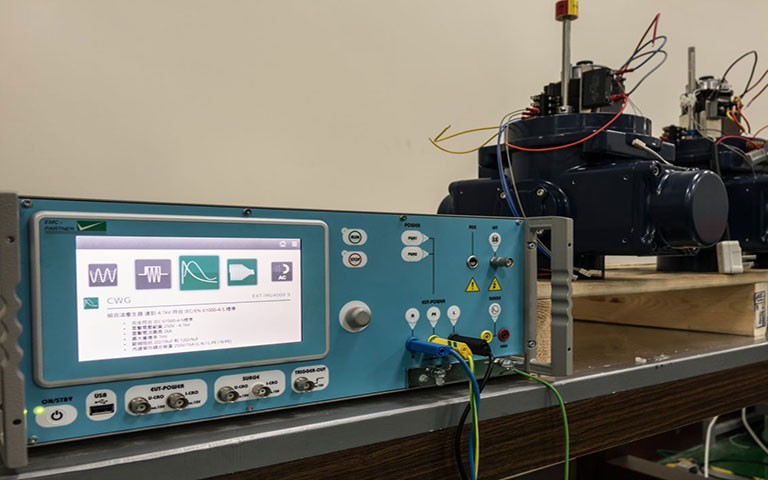When actuator manufacturers classify their products duty performances they typically follow and meet a particular standard. One such standard is EN-15714-2 (Industrial valves – Actuators – Part 2: Electric actuators for industrial valves – Basic Requirements). We make reference to this standard in our explanation below.
As a minimum, the engineer/consultant/end user should specify a minimum duty cycle required by the actuator. It is not enough to only specify starts per hour (sph) without knowing the type of control the actuator must perform under. The standard divides the types of actuator control into four classifications (On/Off, Inching, Modulating and Continuous).
The standard goes even further and provides a parameter for each classification. In the example below, we list the parameters for part-turn actuators:
On-Off Control - One cycle consists of nominal 90° angular travel in both directions (i.e. 90° to open + 90° to close), based on an average load of at least 30% of the rated torque with the ability to transmit 100% of the rated torque for at least 5 % at each end of travel, with a cumulative operating time not exceeding 15 minutes in one hour.
Inching Control - One start consists of a movement of at least 1° in either direction, with a load of at least 30% of the rated torque. The duty cycle (i.e. the ratio between the running period and total period) shall be not less than 25% (e.g. 1 sec running and 3 sec resting).
Modulating Control - One start consists of a movement of at least 1° in either direction, with a load of at least 30% of the rated torque.
Continuous Control - One start consists of a movement of at least 1° in either direction, with a load of at least 30% of the rated torque.
Calculating Duty Cycle
"Duty cycle" means the starting frequency.
The formula: Running Time ÷ (Running time + Rest Time) × 100% = duty cycle
Rest Time = Running Time × (1 – duty cycle) ÷ duty cycle
For example: The running time for an iVQ-F is 17 sec.
30% duty cycle
17 × [ (1 – 30%) / 30%] = 40. Therefore, the required rest time will be 40 sec.
75% duty cycle
17 × [ (1 – 75%) / 75%] = 6 Therefore, the required rest time will be 6 sec.
If the duty cycle is higher, the required rest time will be shortened. It means the starting frequency will be higher.

